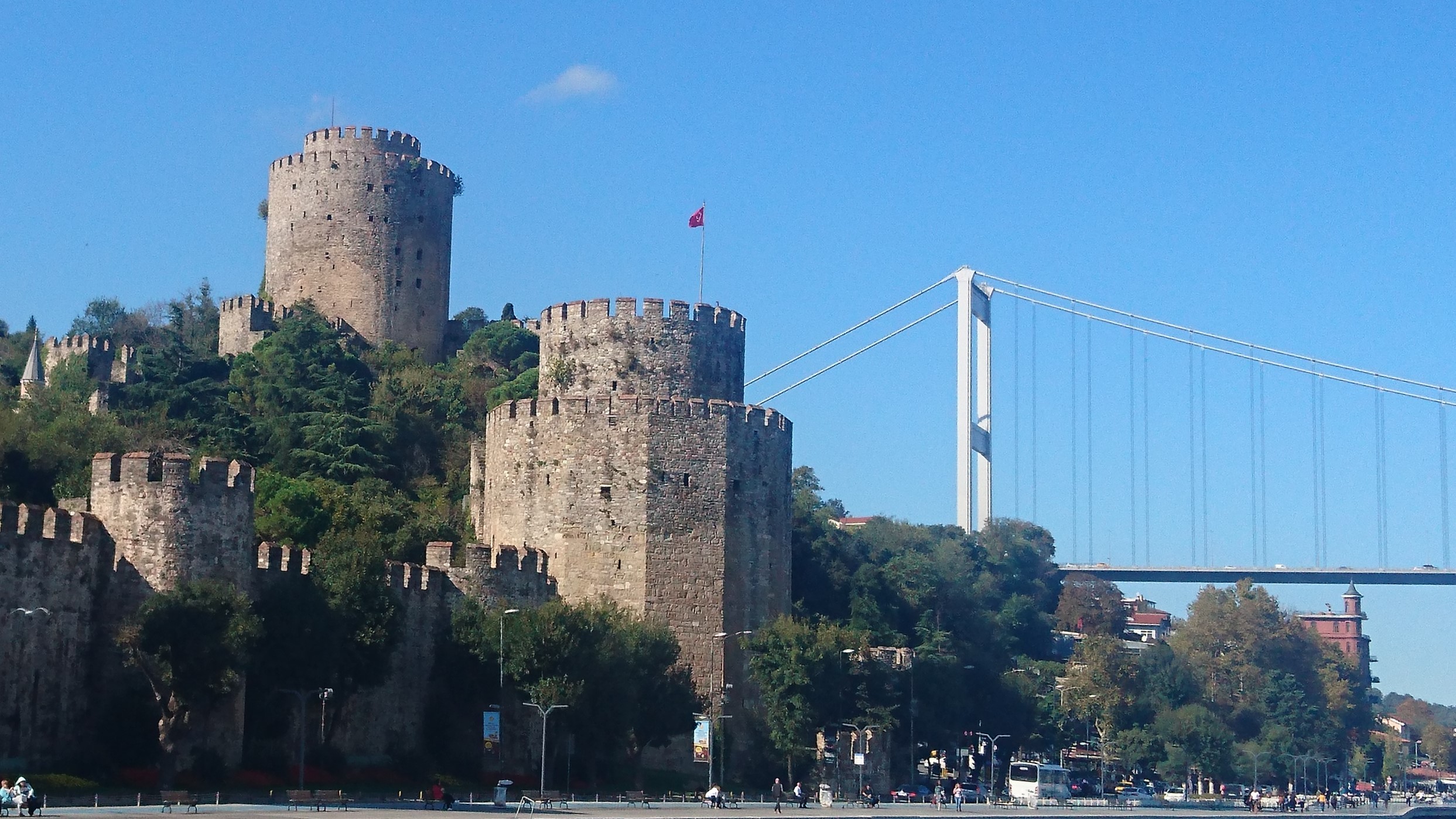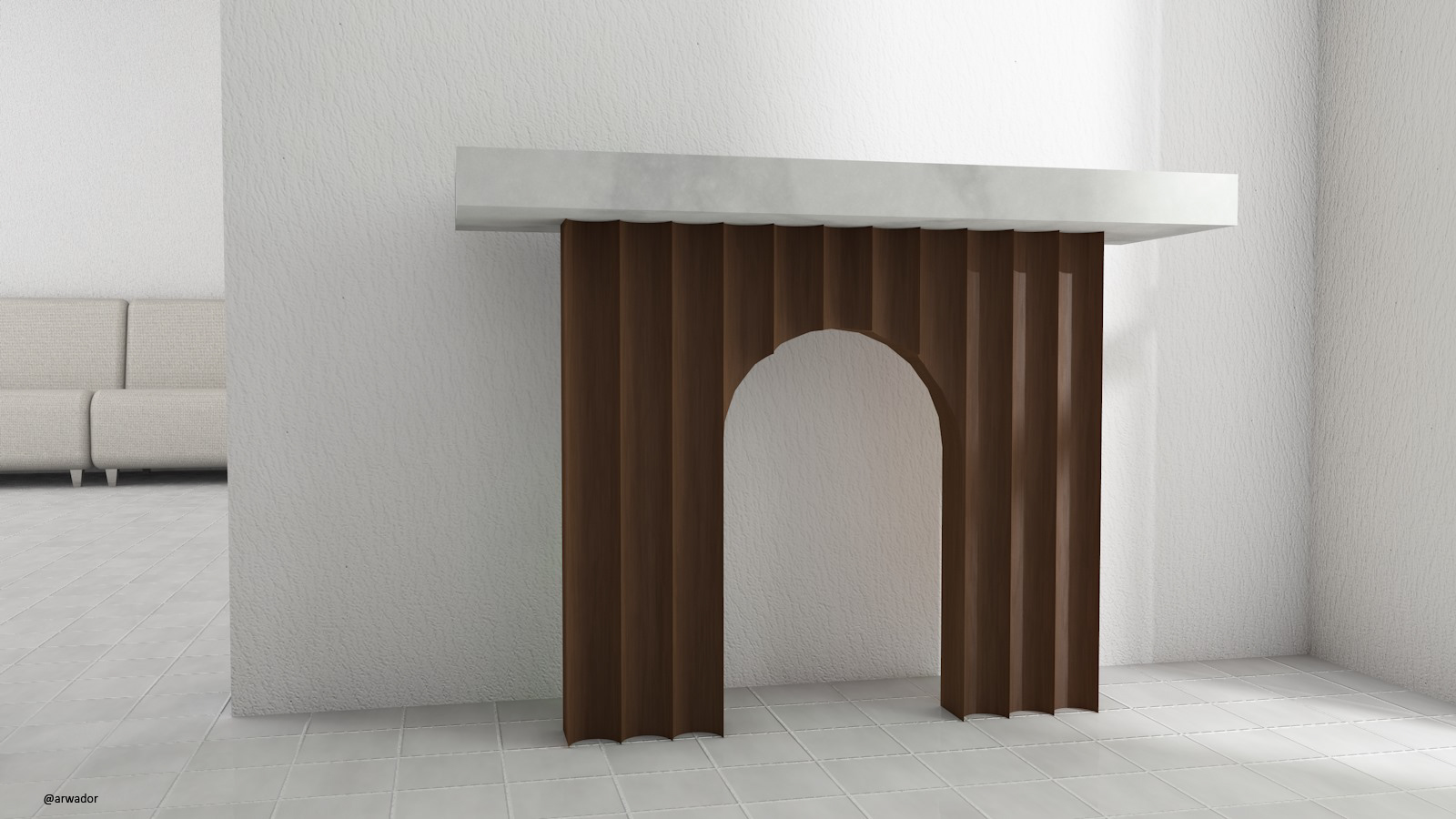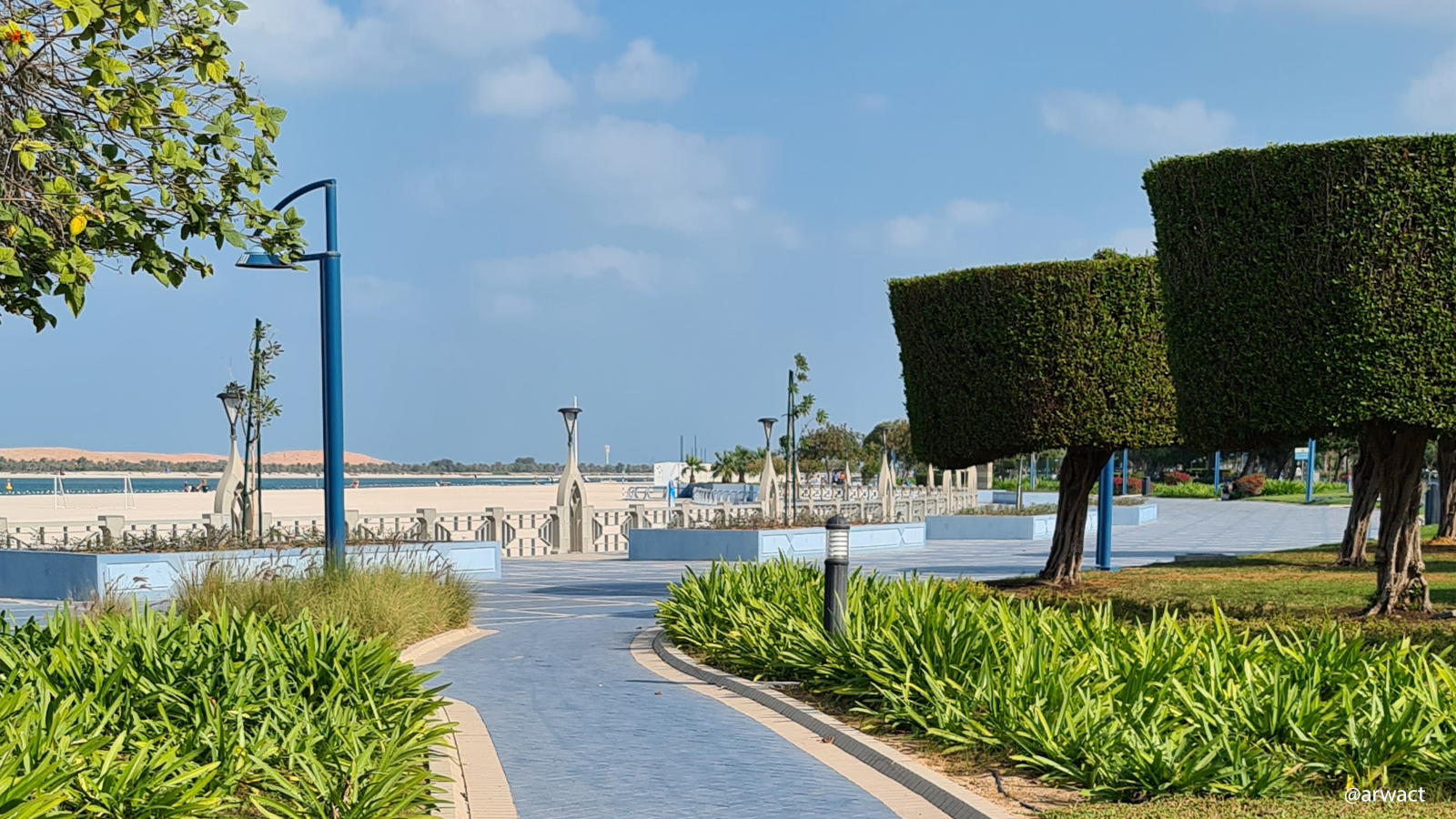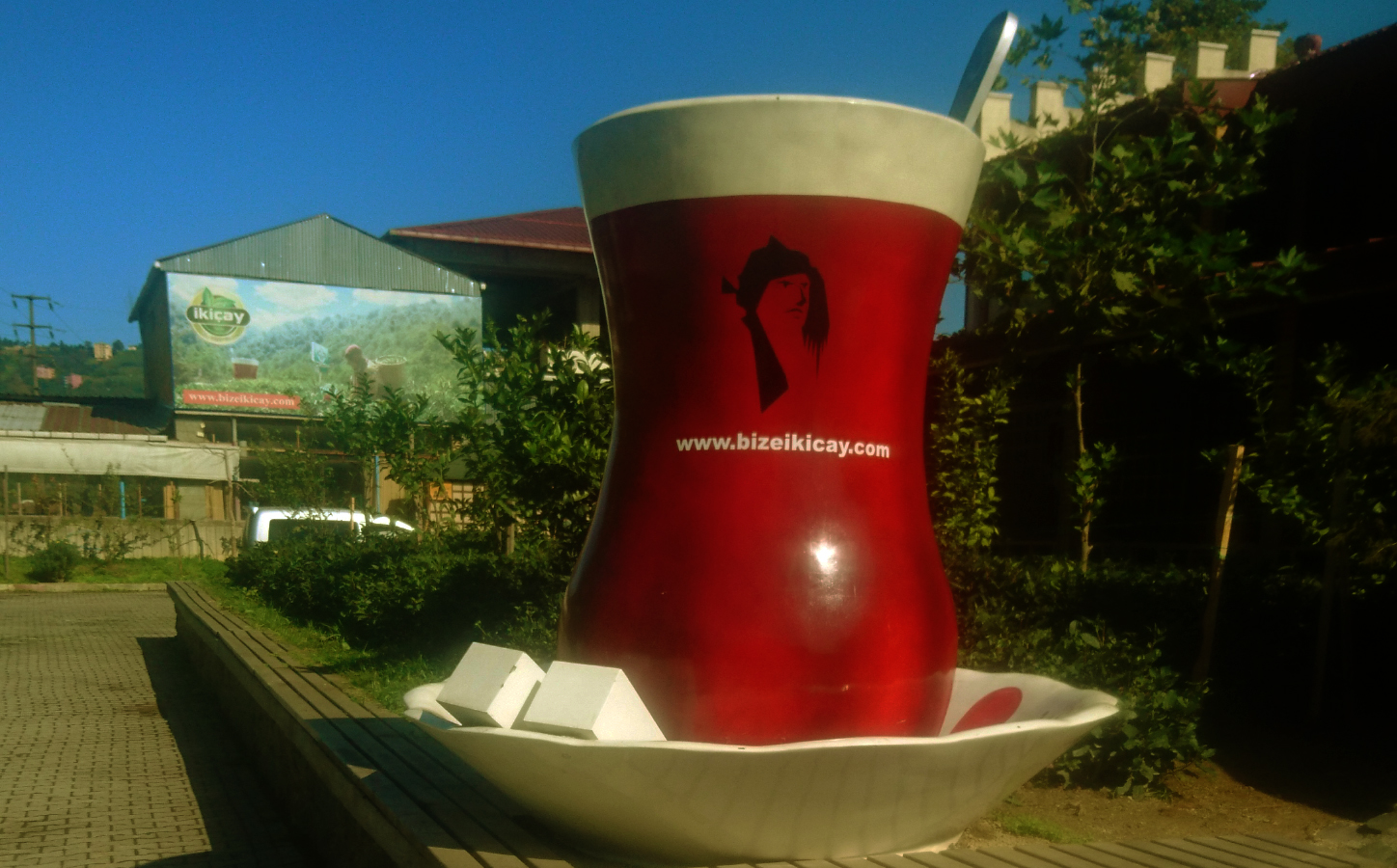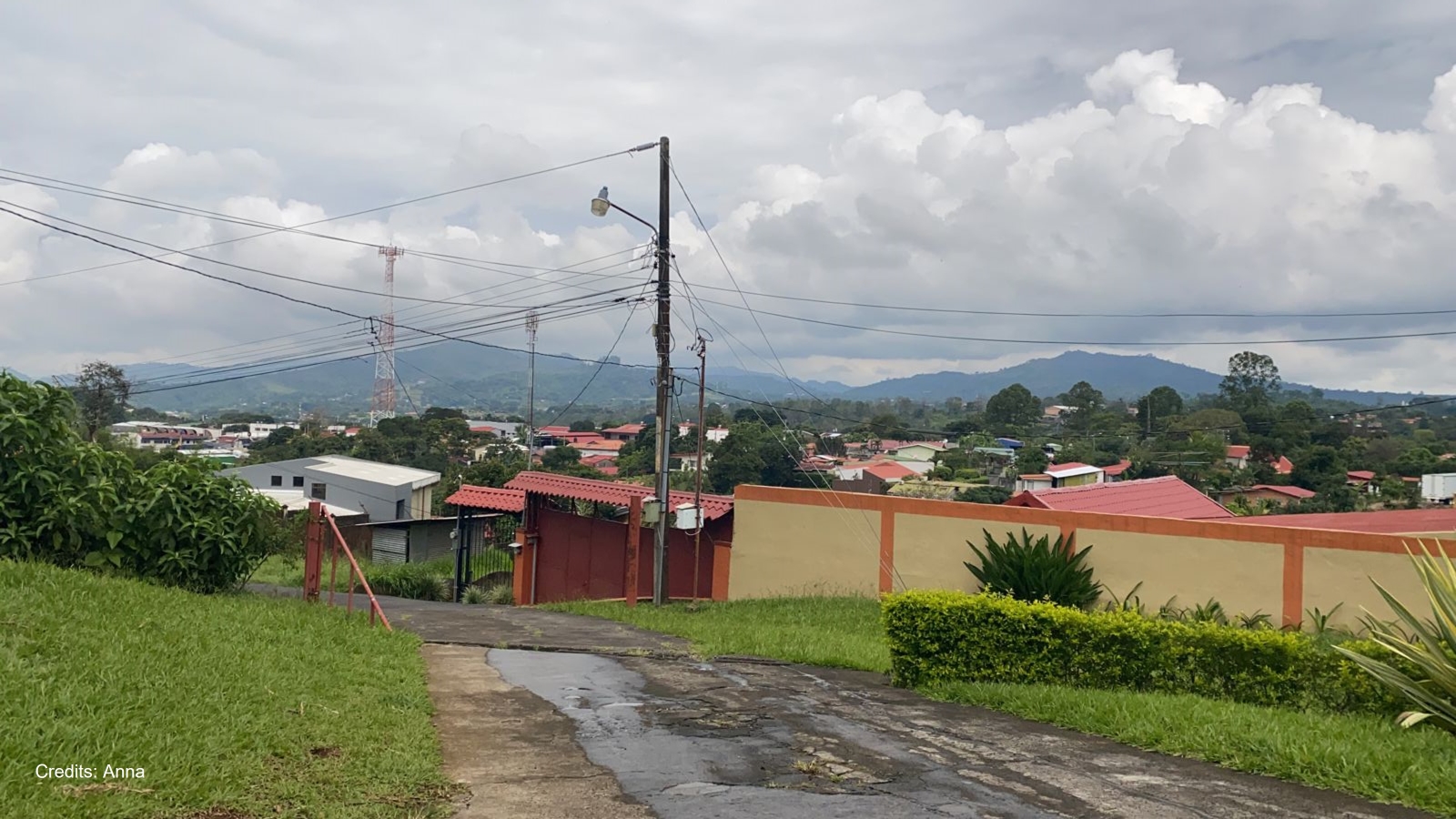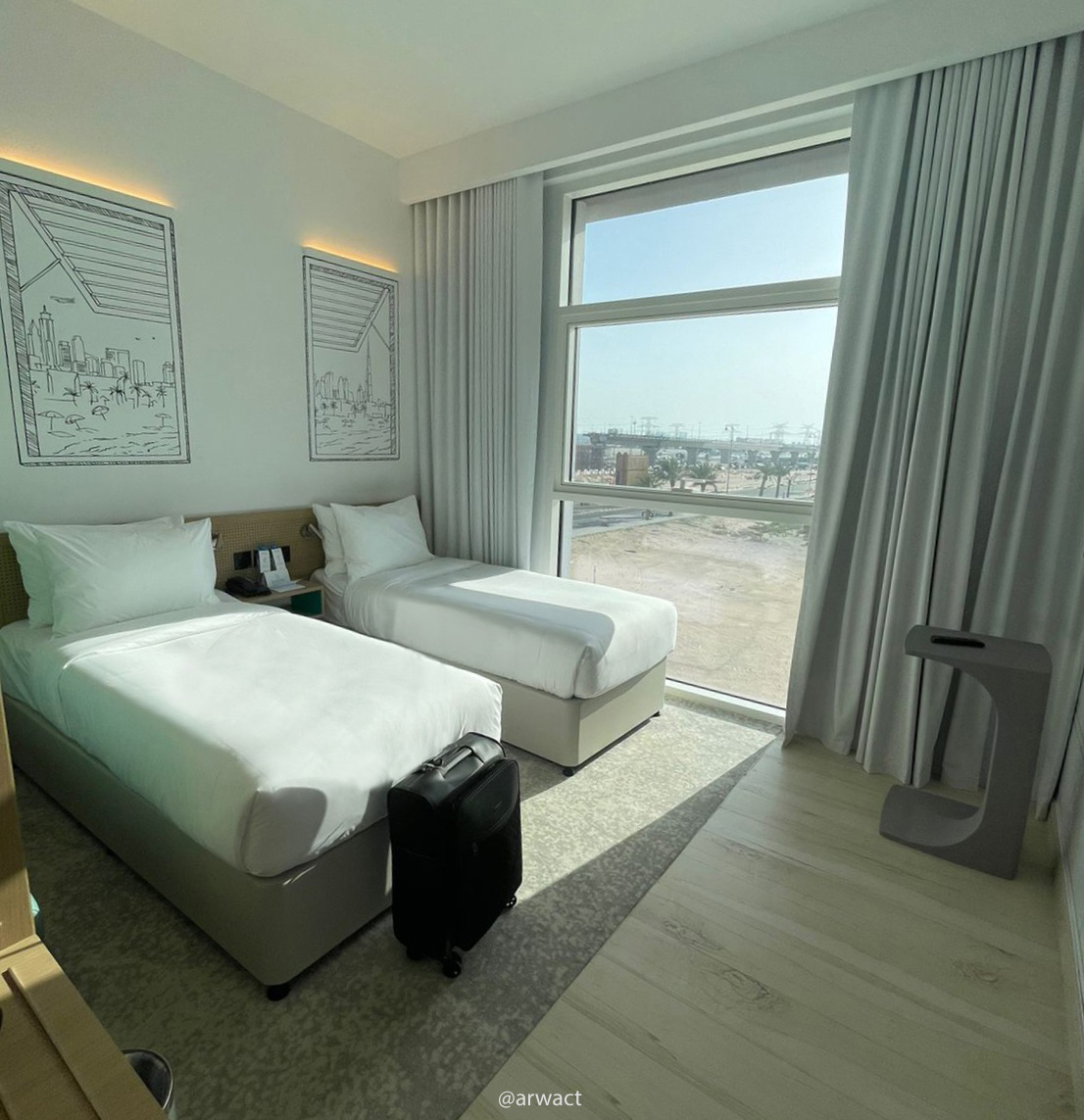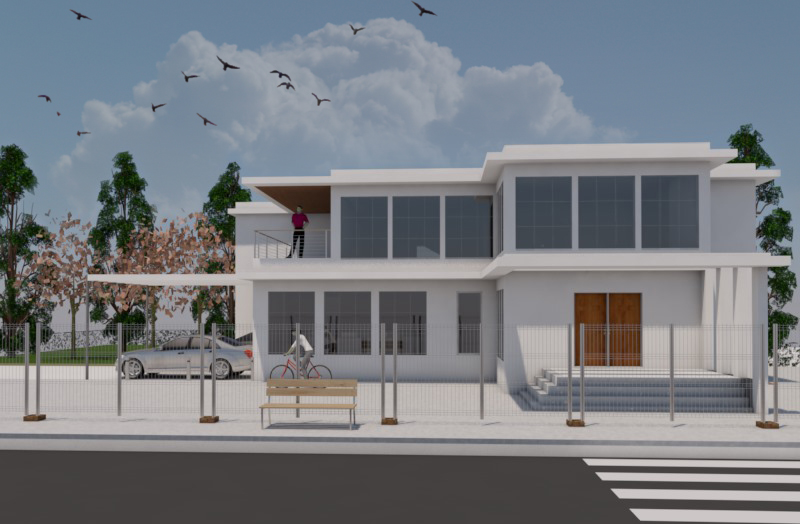No products in the cart.
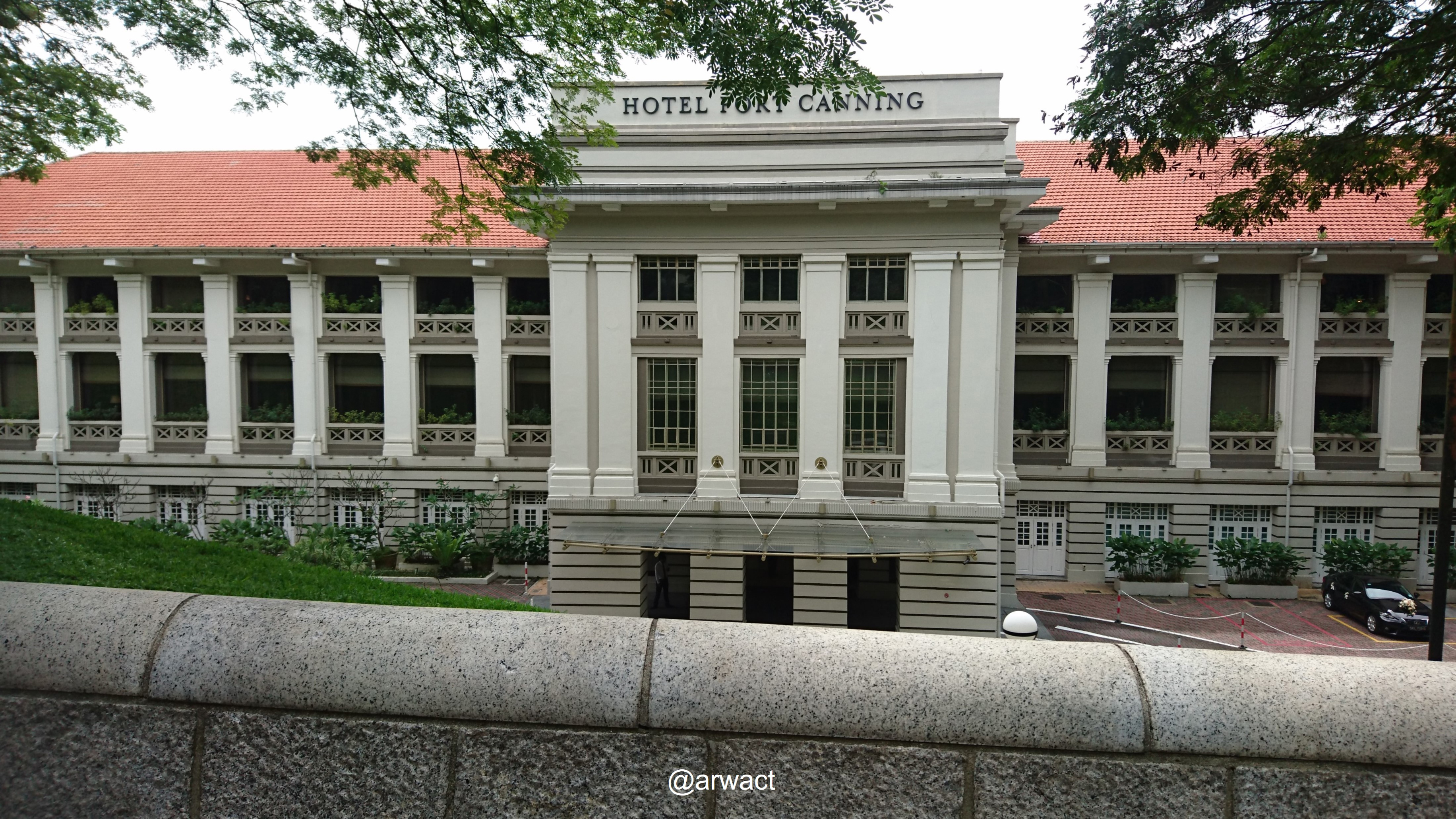
Hotel Fort Canning, An Impressive Transformation
Depending on their functions, buildings are categorised into different types, for example: residential, commercial, institutional, etc. But what really attracts me is the story behind some buildings which are functionally transformed. In this post, I am sharing a brief story about a conserved building that turned from a military activity into a hotel in Singapore.
Hotel Fort Canning is a luxurious award-winning urban hotel. It represents one of the colonial scenes of Singaporean history. It is part of 18 hectares in Fort Canning Park. Historically, in the early 20th century, this hotel was the British military administration office of the British Far East Command HQ. Figure 1 shows the different usages of the building through time, from military offices, then a training institute for the Singapore Armed Forces, a club, and finally to a fabulous hotel.
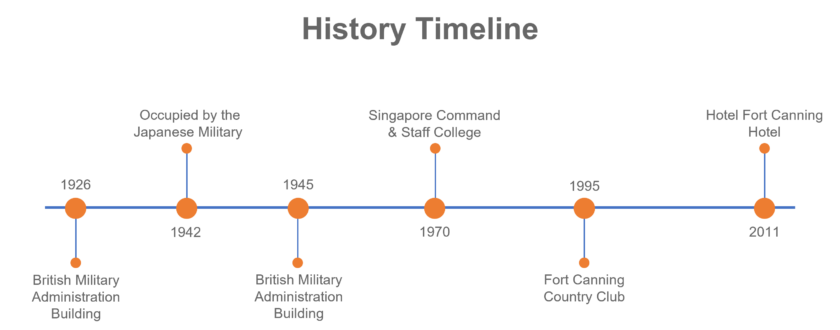
Figure 1: Different functions for Hotel Fort Canning through time (Source: @arwact based on www.hfcSingapore.com)
In 2011, the building was re-opened as Hotel Fort Canning. The restoration of the hotel was done by the award-winning DP Architects. In terms of sustainability, it is a transformation that respects and conserves the heritage of the building and its site. Externally, the lighting in the exterior façade emphasises the original horizontal and vertical elements (Figure 2), giving it a magnificent feeling.
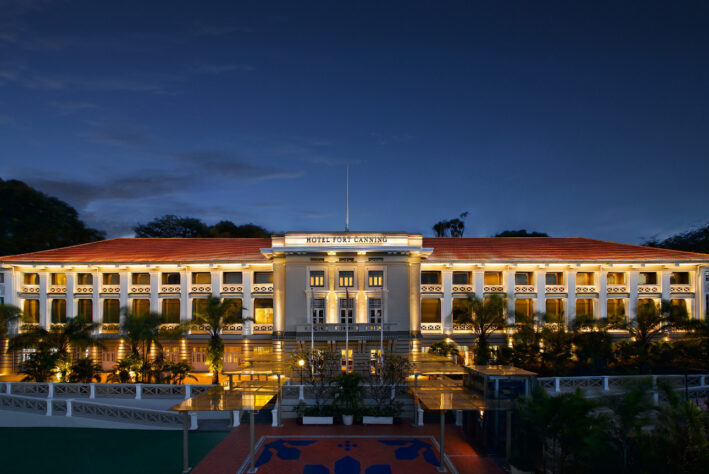
Another example is on the floor of the lobby. It includes four glass archaeological pits presenting ’14th- and 19th-century pottery and earthenware’ which were found during the excavation works on the site (DP Architects) (Figure 3). This decor will allow the guests to live an extraordinary experience.
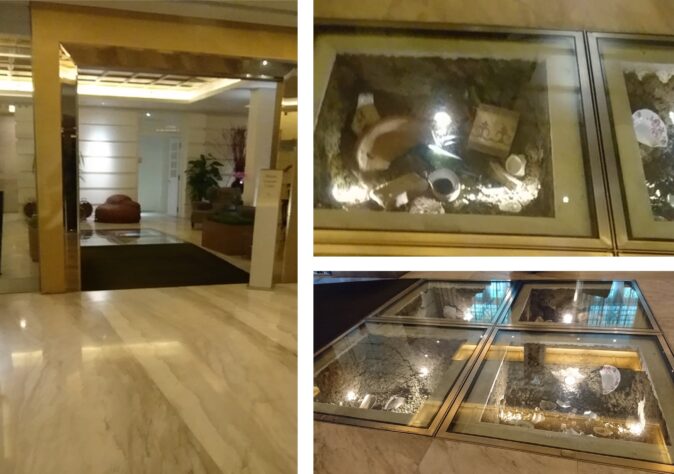
glass-enclosed archaeological pits (Right) (Source: @arwact)
From an environmental sustainability perspective, the hotel’s restaurant takes advantage of its location and uses “spices harvested from the Spice Garden”. Additionally, the hotel arranges Fort Canning park tours for the guests where they can explore more about the unique plants that grow in the park (Figure 4).
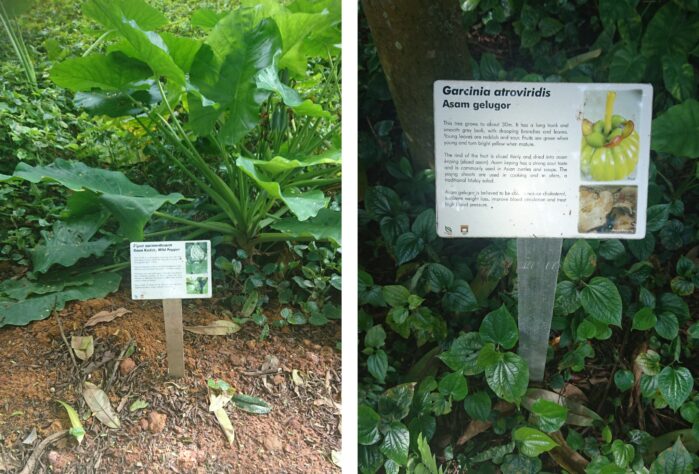
The Hotel Fort Canning includes a spacious, fabulous 86-room with different greenery views (Figure 5). Due to its location in the large park, you can enjoy the views and watch some squirrels crossing by in front of your window on the interior balcony (Figure 6).
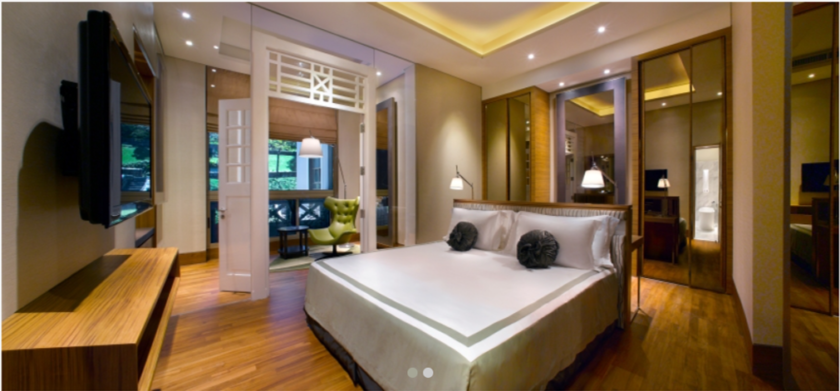
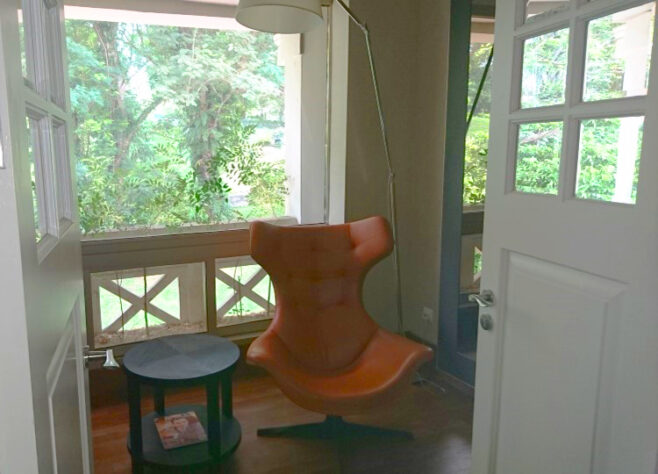
The transformation team emphasised the site’s identity and reserved its history. At the same time, the team added a sense of luxury and modernity elements to the hotel.
Have you ever visited a conserved place or building? Where is it located, and what did you like about it?
Arwa Khalid – Abu Dhabi

